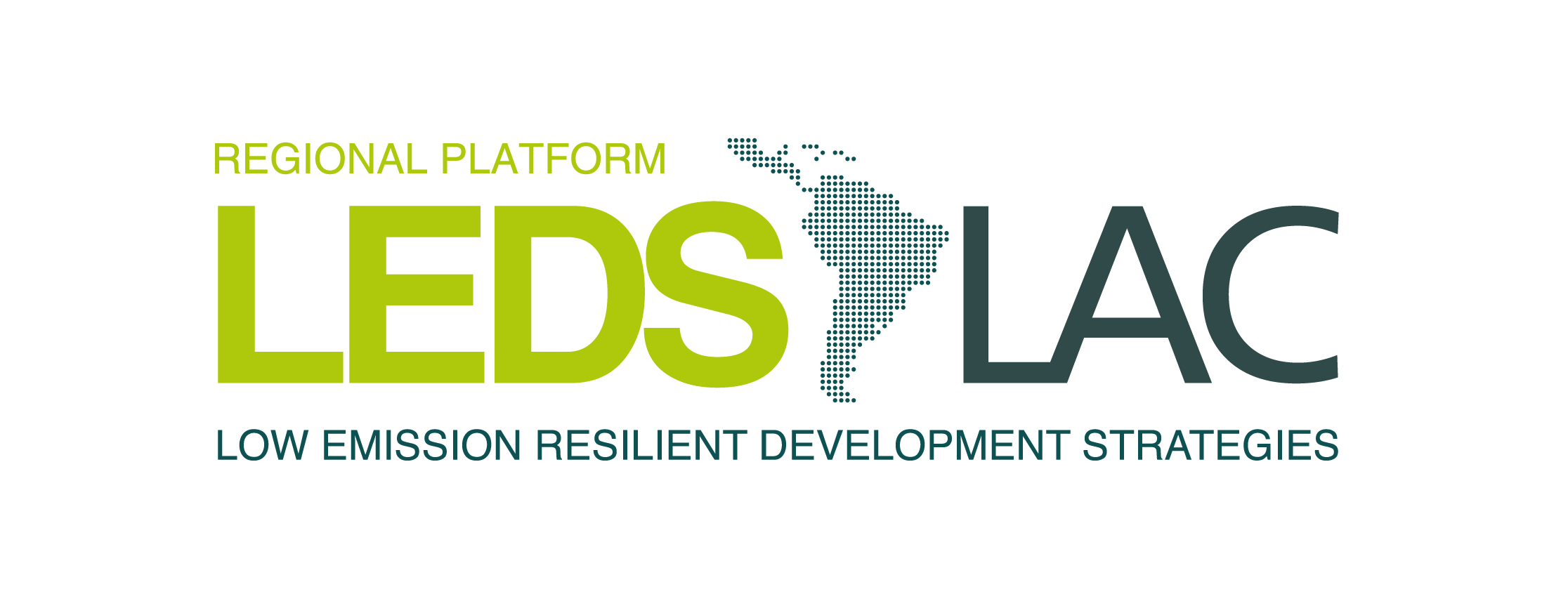VIDEO
[/fusion_text][/fusion_builder_column][fusion_builder_column type="1_1″ background_position="left top" background_color="" border_size="" border_color="" border_style="solid" spacing="yes" background_image="" background_repeat="no-repeat" padding="" margin_top="0px" margin_bottom="0px" class="" id="" animation_type="" animation_speed="0.3″ animation_direction="left" hide_on_mobile="no" center_content="no" min_height="none"][fusion_youtube id="CnR0ybzbf4U" width="600″ height="350″ autoplay="no" api_params="" class=""/][fusion_separator style_type="none" top_margin="" bottom_margin="25px" sep_color="" border_size="" icon="" icon_circle="" icon_circle_color="" width="" alignment="center" class="" id="""/][fusion_text]
Agenda
Introduction. Ana María Majano. Coordinator of the LEDS LAC Secretariat, Tropical Agricultural Research and Higher Education Center (CATIE).
Tool for the estimation of greenhouse gas (GHG) emissions in transportation-oriented development (TOD) projects. Sayel Cortés Berrueta. Consultant in Sustainable Urban Development.
Use of the tool and application for the identification of the baseline and GHG emissions mitigation measures for TOD in the Guadalajara Metropolitan Area. Leticia Ramos. Climate Change Coordinator, CTS EMBARQ Mexico.
Additional material
Infographic about the calculator
Project: Implementing transportation-oriented development in Mexico
About the webinar
The tool for estimating GHG emissions in TOD projects is designed to be applied in any city or metropolitan area, to account for GHG emissions according to mobility patterns through the implementation of TOD zones. In addition, the calculator estimates the baseline emissions from public and private transportation in a city and calculates the mitigation potential of these emissions through changes in people's mobility due to the implementation of TOD projects.
The TOD Emissions Reduction Calculator is based on the fundamental assumption that the built environment influences the way people move around. Therefore, the urban criteria used can affect people's mobility decisions to generate more sustainable mobility patterns, which in turn result in lower GHG emissions to the atmosphere. In this webinar we will learn the main generalities of the tool. Afterwards, we will learn how to use the calculator through a practical case of application in the Metropolitan Zone of Guadalajara, Mexico.
The webinar was conducted in Spanish. If you have any questions about this event, please contact the LEDS LAC Platform Secretariat [email protected].
About the panelists
Sayel Cortes Berrueta
Sayel Cortes is a consultant on climate change and urban policy. In addition, he coordinates the Capacity Building and Safe Cities programs at CityNet working with local governments in Asia. Previously, he worked at CTS EMBARQ Mexico in the areas of Sustainable Urban Development, and Climate Change and Air Quality. He is an Environmental Engineer with Master's Degrees in Economics, and in Policy and Global Affairs focused on International Development Cooperation.
Leticia Ramos
She holds a degree in Chemical Engineering from the University of Guanajuato and a Master's degree in Environmental Science and Engineering from the Universidad Autónoma Metropolitana. She has worked for General Motors de México, Silao and San Luis Potosí complexes; in the Federal Public Security Secretariat and in the follow-up of the State Programs for Climate Change Action at the National Institute of Ecology and Climate Change. She currently serves as Climate Change Coordinator at CTS EMBARQ Mexico.[/fusion_text][/fusion_builder_column][/fusion_builder_row][/fusion_builder_container].
